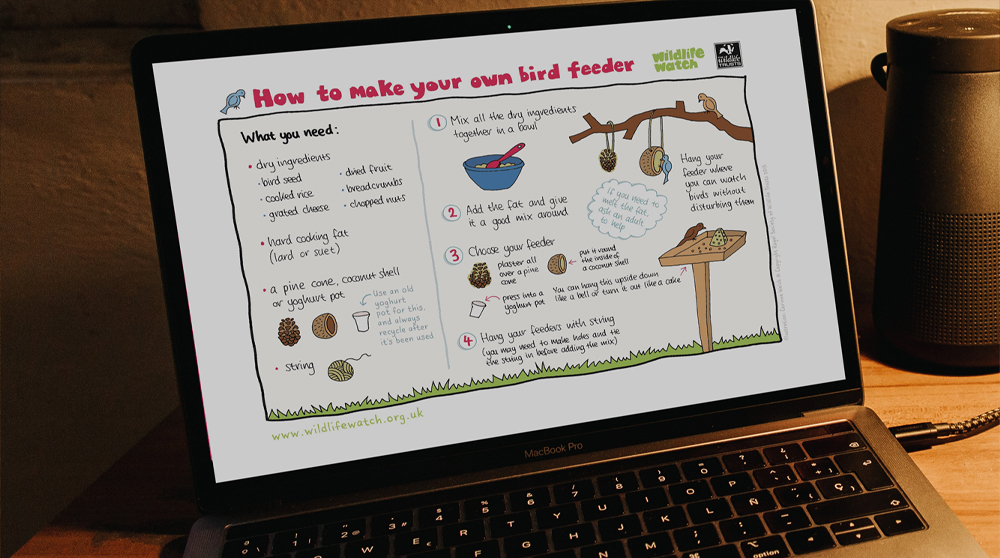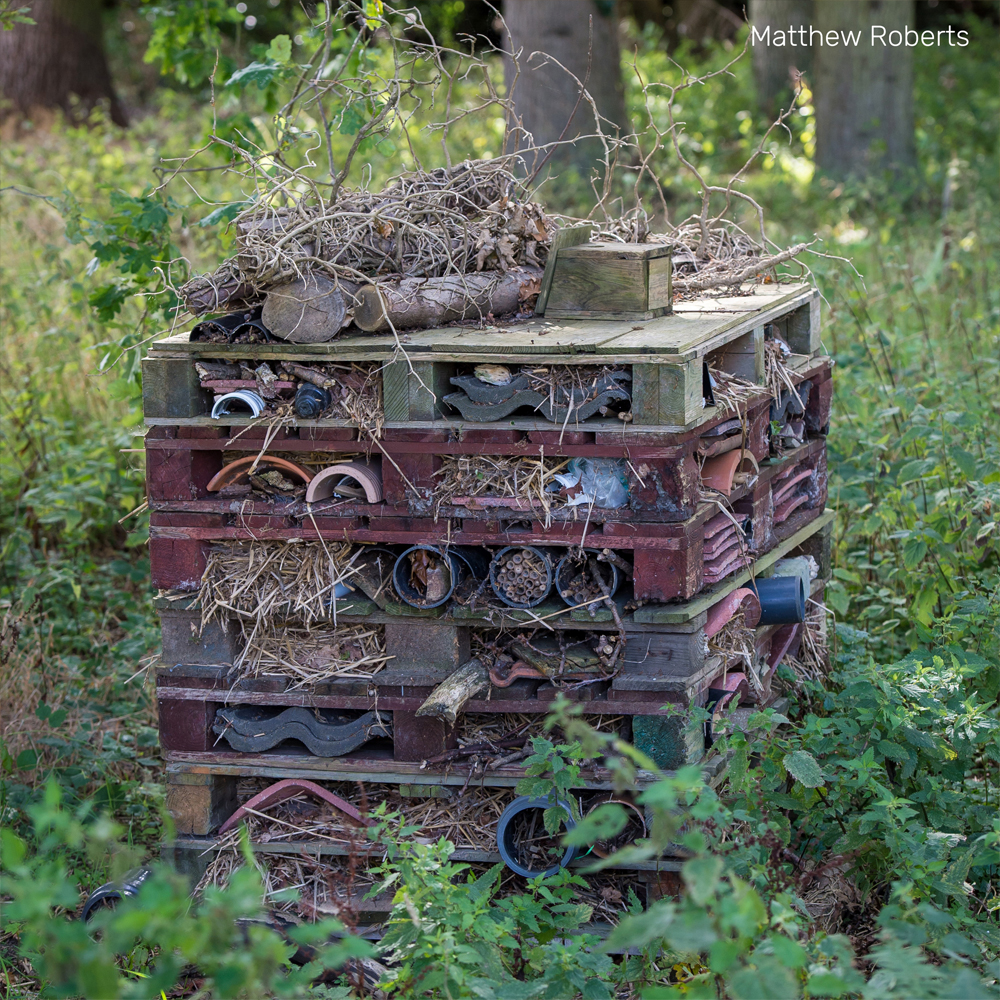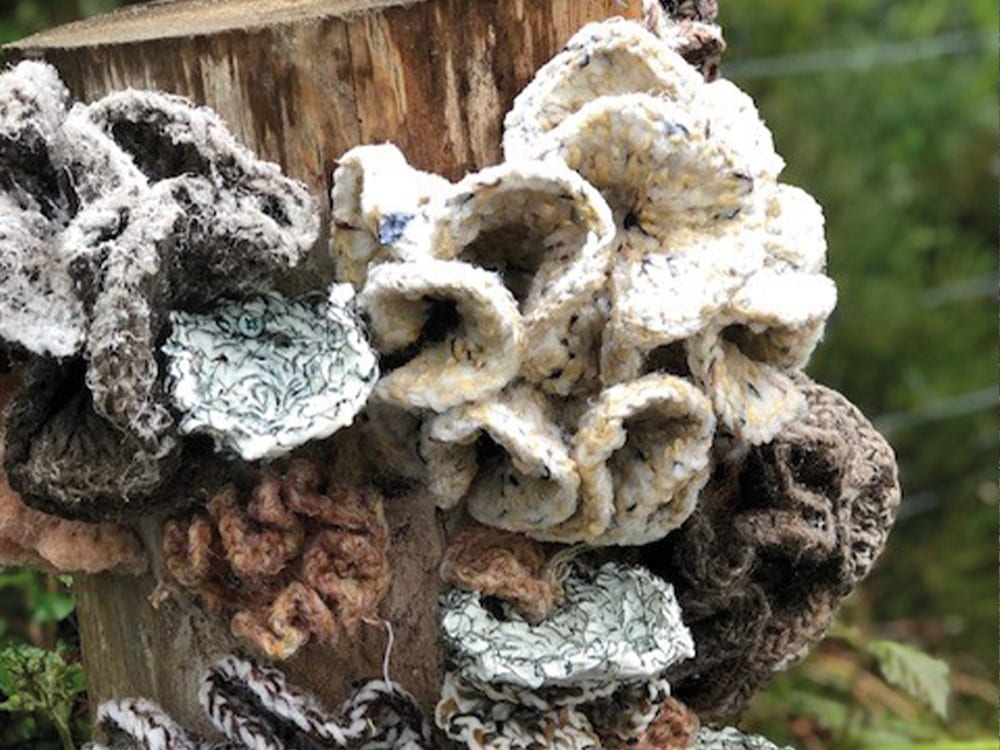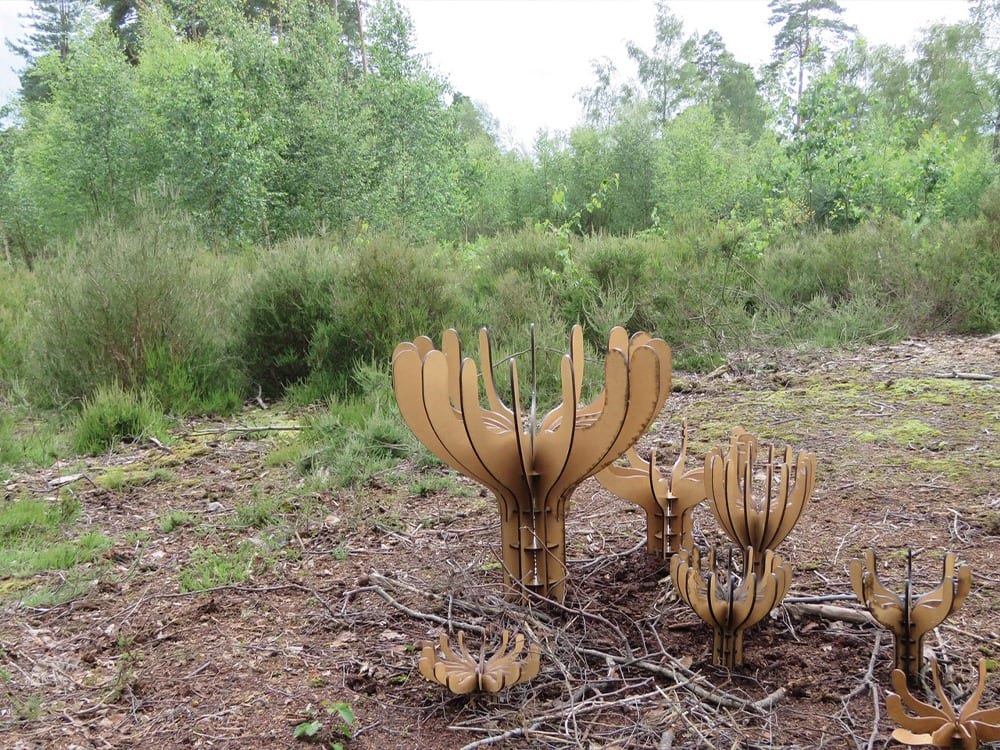An ambitious new project by Surrey Wildlife Trust to inspire young people to connect with nature in the North Downs and Surrey Hills has received a £390,000 boost from The National Lottery Heritage Fund.
By reconnecting people with the local landscape, the Trust hopes to prevent traditional hedge laying skills and wildlife from going extinct in the county by creating vital habitat for hedgehogs, bees, bugs and butterflies.
The project aims to inspire young budding ecologists, practical conservationists and the wider local community by working with schools, colleges and youth groups.
Events such as a hedgerow festival, hedgerow tales storytelling workshops and hedge laying competitions will help the Trust reach its goal of engaging and inspiring thousands of younger people in the project over four years.
Working in partnership with other landowners and organisations across the North Downs, the Preserving Surrey’s Hedgerows Heritage project provides a lifeline from our agricultural history for wildlife and future generations. It will also leave a legacy of creating, restoring and protecting more than 70 kilometres of hedgerows in the North Downs and Surrey Hills to create a more resilient and wildlife rich natural environment for the future.
For hundreds of years, generations of hedge layers have maintained the iconic patchwork quilt landscape of hedgerows to mark boundaries, contain livestock and shelter crops from extreme weather, they have provided a source of food, shelter and safe passage for plants and animals across the landscape.
Today a third of all wildlife in the county is already extinct or heading towards extinction with more than 130 key species that depend on hedgerows at risk. These species include dormice, hedgehogs, bats, butterflies such as the brown hair streak and rare pearl bordered fritillary, bees, bugs and birds such as the white throat and yellow hammer.
Sarah Jane Chimbwandira, chief executive at Surrey Wildlife Trust, said: “Hedge laying skills need to become mainstream if we are to help nature’s recovery and future-proof our environment. To protect our valuable wildlife and create jobs for our future, younger people need to upskill in nature conservation skills.
“Through our project we hope to give people the opportunity to develop skills and careers in the environment and also improve the health and well-being of young people by reconnecting them with nature.”
The project aims to engage and inspire 2,400 local people, with a focus of more than half being young people from school and youth groups, as well as community volunteers, landowners, farm managers, corporate volunteer teams, public and private sector contractors in the restoration of hedgerows.
Stuart McLeod, Director London & South at The National Lottery Heritage Fund, said: “Urgent action needs to be taken to secure the future of Surrey’s hedgerows and the wealth of wildlife they support and cultural heritage they represent. Thanks to money raised by National Lottery players new generations will be equipped with the traditional skills and passion needed to help the county’s hedgerows thrive once more.”







